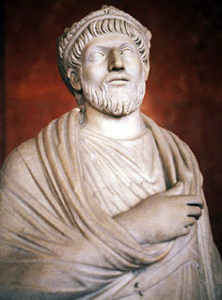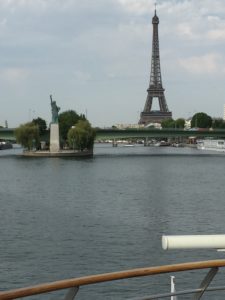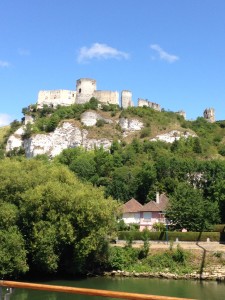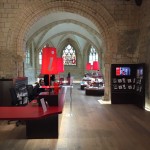 Today we start our Reformation Tour to the Czech Republic and Germany to celebrate the 500th anniversary of the Reformation.
Today we start our Reformation Tour to the Czech Republic and Germany to celebrate the 500th anniversary of the Reformation.
In fact, as you can see from the pic, I am writing this from the cabin of our plane somewhere over the Continental United States.
It was 500 years ago on October 31, 1517, that Martin Luther nailed his 95 theses on the door of the All Saints Church in Wittenberg.
The first thesis had to do with a repentance. A year before, Erasmus had published his Greek New Testament. Luther realized in reading Matthew 4:17 (“Repent for the kingdom of God is at hand”) in the Greek that the Latin Vulgate had misinterpreted the word “repent” as “do penance,” leading to the Roman Catholic Church into gross theological error.
Luther intended his 95 theses to be only a starting point for discussion among the academics at the University in Wittenberg, but a couple of students—thank you Lord for college students—read what Luther posted, took it to the local publisher (the printing press had been created about 60 years prior), and began distributing the theses. Continue reading “Reformation Tour—Introduction”




